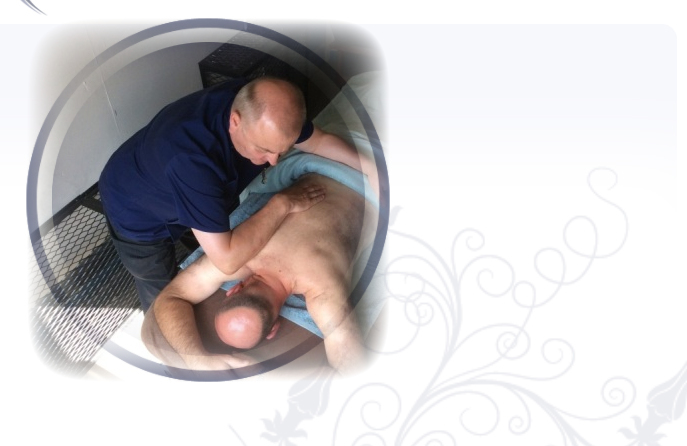| 
 |
|
Reflexology is the ancient art
dating back to 2500BC of restoring homeostasis within the body by skillful use
of pressure techniques on the feet and hands.
It was in the late 19th century that the pioneering work by
Dr. William Fitzgerald and Dr. Edwin Bowers, both Americans, came up with the
theory that the body can be divided into 10 longitudinal zones, which linked
the body’s organs and systems. In the 1970’s Eunice Ingham, known as the
‘mother of reflexology’, developed the therapy, as we know it today. It was Doreen Bayley who had trained with
Eunice, who brought it to the shores of the UK.Reflexology
does not diagnose disease, nor is it a cure for specific medical conditions. If you feel you have an undiagnosed condition, please seek medical
attention and consent, if necessary, of your GP before undertaking reflexology. Also if you believe you may be in the first
stages of pregnancy, it is advisable not undertake reflexology; though as your
pregnancy progresses this would be fine.
There are also other occasions a reflexologist would be cautious of
carrying out treatments, which include if you have a foot infection, or
suffering from problems with your veins.
Please discuss any matters with the reflexologist before you book an
appointment, who will guide you appropriately.A major cause of
dis-ease within the body is stress. The
benefits of reflexology are that:
It induces a deep state
of relaxation
Allows the body to begin
to heal itself
Encourages good
circulation of blood and other body fluids
Stimulates the body to
clear itself of toxins
Therefore relieving the stress and restoring a sense of well
being. Combined with a good healthy diet and lifestyle compliments any
reflexology treatments.
 |
















